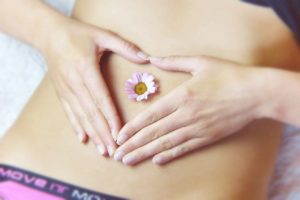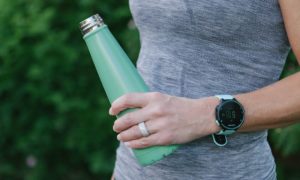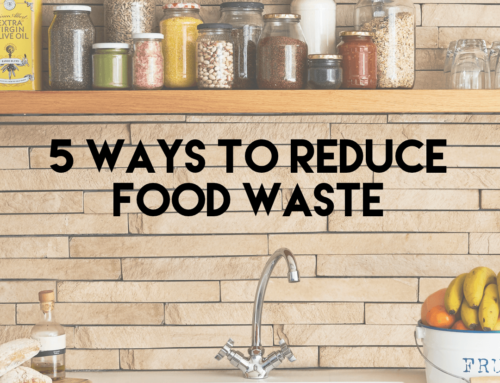
6 Lifestyle Strategies to Manage PMS
By Abby Calderson, Dietetic Intern at Bastyr University
We have all been there, and to be honest, it hurts. There is nothing that can ruin our days more than PMS symptoms. Let’s dig into how we can calm this the natural way!
What’s PMS?
PMS or premenstrual syndrome is composed by a pattern of symptoms, triggered by changes in hormones, that can start a week before your period and tend to go away about four days into your period.
Symptoms can include: bloating, GI issues, headaches, breast tenderness, insomnia, and mood swings. And worst of all, they seem to be followed by cramping once your period starts!

Here are some things you can do to manage your PMS symptoms:
-
- Movement: It might sound painful but getting your blood flowing improves both your mood and helps decrease bloating. If you don’t feel like doing anything too challenging, try a walk through a beautiful park or stroll around the block.
- Reduce your intake of alcohol: there are many studies done around this one.
- Alcohol can mess with your menstrual cycle, and may worsen PMS symptoms.
- Because your body is different when you´re menstruating, you may feel intoxicated more quickly than on a normal day.
- Alcohol is a diuretic and may worsen painful cramping.
- Calcium: Studies show that calcium can help reduce some PMS symptoms, such as fatigue, cravings, and depression. Calcium is found in dairy or fortified foods. Try foods first before taking a supplement (milk, cheese, yogurt, soybeans, peas, lentils, leafy greens).
- Vitamin B6: B6 is involved in the production of neurotransmitters, which play a big role in your moods. Studies show that B6 helps with PMS symptoms like moodiness, irritability, forgetfulness, bloating, and anxiety. Foods rich in B6 include: fish, chicken, tofu, sweet potatoes, tuna, turkey, bananas and spinach).
- Sleep and Reduce Stress: Deep breathing exercises, meditation, and yoga are some natural ways to reduce stress and promote relaxation. Aiming for 7-9 hours of sleep may prevent fatigue. Lack of sleep is also linked to depression and anxiety and can make PMS symptoms worse.
- Hydration: There are many studies done on increasing your water intake to decrease symptoms. You’re also more likely to become dehydrated when you’re on your period. So drink at least 8 glasses of water!

Bonus: Other Natural Ways to Relieve Menstrual Cramps.
- Apply heat! Studies have found that applying a heat patch at 104°F (40°C) is as effective as ibuprofen. This heating pad is a great one!
- Drink a herbal tea: Teas like chamomile, ginger, cinnamon and fennel help reduce inflammation. Chamomile also inhibits prostaglandins, a substance released by the endometrium that provokes muscle contraction of the uterus and causes pain and cramps. Cinnamon, fennel and ginger help reduce nausea and work as a natural pain relief.
- Take a bath. Warm baths reduce pain, they also help decrease stress and relax tense muscles. Turn on some tunes, listen to a podcast or grab a good read and enjoy some alone time in the tub.

*If your PMS or your menstrual pain get really bad and you experience them often check with your doctor! Stay well!


